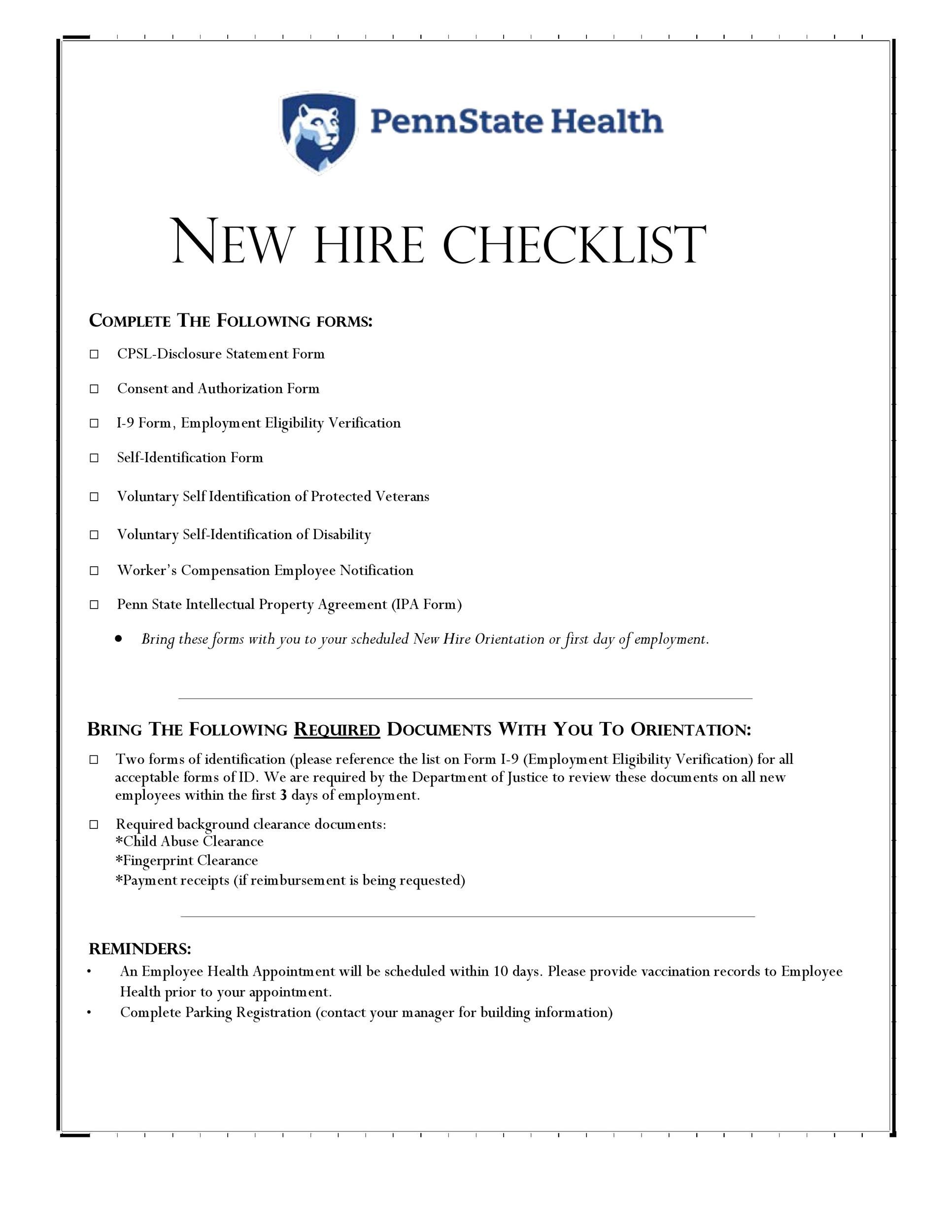Essential Paperwork for Starting a Corporation

Embarking on the journey of starting a corporation is an exciting venture filled with prospects for innovation, growth, and economic prosperity. However, navigating the bureaucratic labyrinth can be daunting without a clear understanding of the paperwork required to bring your corporation to life. This comprehensive guide will detail the essential documents you'll need, ensuring you're fully equipped to lay the foundation of your corporate identity.
Incorporation Articles

One of the most foundational pieces of paperwork is the Articles of Incorporation. These documents, once filed with the state’s Secretary of State’s office, legally establish your business as a corporation. Here’s what you need to include:
- Name of the Corporation: This should be unique within your state to avoid confusion with other businesses.
- Corporation Address: Where the business will be headquartered or maintain its principal office.
- Registered Agent: The person or entity designated to receive legal documents on behalf of the corporation.
- Stock Information: Details on the amount of shares and the par value, if any, of the stock.
- Incorporators: Information about the individuals or entities creating the corporation.
- Purpose of Corporation: A broad statement that outlines the business activities your corporation will engage in.
💡 Note: The specifics of what must be included in Articles of Incorporation can vary by state. Always consult local regulations.
Corporate Bylaws

While not filed with the state, corporate bylaws are crucial for internal governance. They outline:
- Shareholder Meetings: How often, where, and how shareholder meetings are conducted.
- Board of Directors: Election, duties, and responsibilities of the board.
- Stock Certificates: Details on how stock is issued and managed.
- Officers and Their Duties: Roles like president, secretary, and treasurer.
- Shareholder Rights: Including voting rights, dividends, and protections.
- Amendment Process: How the bylaws can be changed in the future.
Bylaws act as the operational rulebook, ensuring smooth internal functioning and providing a legal basis for decision-making.
Stock Certificates

If your corporation issues stock, stock certificates must be created. These documents certify ownership in the corporation and can include:
- Shareholder’s Name: Clearly written to avoid confusion.
- Number of Shares: How many shares the certificate represents.
- Par Value: If the stock has a par value, this is stated.
- Date of Issue: When the shares were issued.
💡 Note: Some corporations opt for digital shares or ledger accounts instead of physical certificates for convenience and cost-efficiency.
Operating Agreements

For corporations structured as LLCs (Limited Liability Companies), an Operating Agreement is essential. This document outlines:
- Ownership Percentages: How ownership is split among members.
- Profit Distribution: How profits and losses are shared.
- Management Structure: Whether the LLC will be member-managed or manager-managed.
- Voting Rights: How decisions are made among the members.
- Joining and Leaving: Procedures for members to enter or exit the LLC.
Shareholders Agreement

If your corporation will have shareholders, a Shareholders Agreement can prevent future disputes by setting expectations. Key elements include:
- Transfer of Shares: Conditions under which shares can be transferred.
- Right of First Refusal: Shareholders’ right to match offers made by outsiders.
- Non-Compete and Confidentiality: Restrictions to protect business interests.
- Exit Strategy: Provisions for what happens if a shareholder wants to exit the corporation.
Employer Identification Number (EIN)

To hire employees, file taxes, and open bank accounts, you’ll need an EIN from the IRS. This is like a social security number for your business, identifying it for federal tax purposes.
Initial Minutes and Notices

After your corporation is established, you’ll need:
- Initial Board Meeting Minutes: Documenting the first official meeting of the board, covering officer elections, bylaws adoption, and corporate resolutions.
- Notices to Shareholders: Notices for the first shareholders’ meeting.
Having navigated through the labyrinth of essential paperwork, you're now on your way to establishing a robust corporate entity. Each document plays a critical role in shaping your corporation's identity, governance, and operations. Remember, while these papers form the legal foundation, they also lay the groundwork for your business strategy, culture, and future expansion.
Let's recap the essentials:
- Articles of Incorporation: Your business's birth certificate, filed with the state.
- Bylaws: The internal rulebook for how your corporation functions.
- Stock Certificates: Ownership records for shareholders.
- Operating Agreement: For LLCs, detailing member duties and ownership.
- Shareholders Agreement: To manage expectations and protect business interests.
- EIN: For tax purposes, crucial for any employer.
- Initial Board Minutes: First formal record of decisions made by the board.
Now that you have a firm understanding of the necessary paperwork, you're ready to take the next steps in your entrepreneurial journey. Remember, the process is just as important as the end goal, as it establishes the legal framework within which your corporation will operate, innovate, and succeed.
What happens if I forget to file one of these documents?

+
Neglecting to file essential documents can result in legal repercussions, loss of limited liability protection, or difficulty in conducting business. It’s important to ensure all necessary documents are filed promptly and correctly.
Can I amend my corporate bylaws after they’ve been written?

+
Yes, bylaws can be amended. Typically, this involves a formal process that might include board approval or a shareholder vote, as outlined in the original bylaws.
Is a Shareholders Agreement legally required?

+
While not legally required, a Shareholders Agreement can provide critical protection and clarity for shareholders, reducing the risk of conflicts and misunderstandings.



